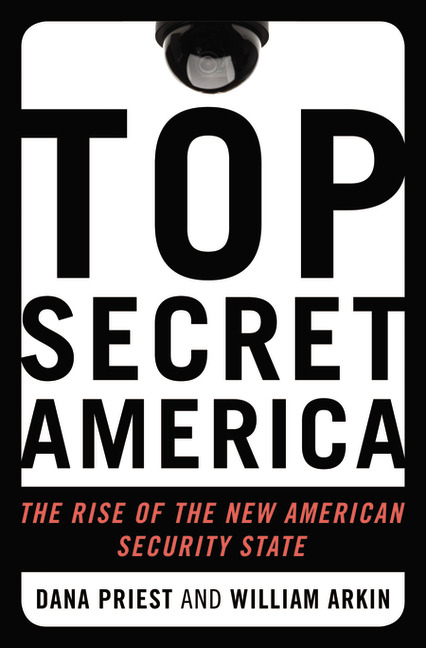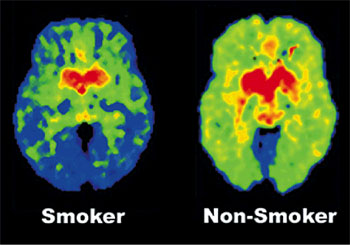This is adapted from New Scientist.
Resurrected ancient protein is a potent antibiotic
- 24 September 2011 by Wendy Zukerman
The researchers looked at the tammar wallaby, Macropus eugenii, which is born after 26 days, then takes up residence in its mother's pouch to continue its maturation. When they examine the environment of the pouch, they found a variety of "superbugs" that currently haunt human hospitals

The wallaby genome contains code for "14 cathelicidin peptides, a component of the innate immune system. Lab tests revealed that many of the peptides could kill a range of multidrug-resistant pathogens - without damaging human cells."
Of the 14, researchers identified five of the cathelicidins that were similar enough to likely have evolved from a common ancestor. The thought was that if they could identify the older version that it might have a broader range of action.
Ben Cocks of La Trobe University in Bundoora, Australia, "worked backwards to predict the genetic sequence that codes for the original peptide. His team then used it to produce a synthetic version of the peptide, effectively resurrecting it."
"The amazing thing was that it worked well against a broad range of pathogens," he says. Lab tests showed it destroyed six of seven multidrug-resistant bacteria, and was 10 to 30 times more potent than modern antibiotics such as tetracycline (PLoS One, DOI: 10.1371/journal.pone.0024030).Here is the full abstract and citation from PLoS ONE:
Ancient Antimicrobial Peptides Kill Antibiotic-Resistant Pathogens: Australian Mammals Provide New Options
Jianghui Wang1, Emily S. W. Wong2,3, Jane C. Whitley1,Jian Li4, Jessica M. Stringer3,5, Kirsty R. Short6, Marilyn B. Renfree3,5, Katherine Belov2,3#*, Benjamin G. Cocks1,7#
Abstract
Background
To overcome the increasing resistance of pathogens to existing antibiotics the 10×'20 Initiative declared the urgent need for a global commitment to develop 10 new antimicrobial drugs by the year 2020. Naturally occurring animal antibiotics are an obvious place to start. The recently sequenced genomes of mammals that are divergent from human and mouse, including the tammar wallaby and the platypus, provide an opportunity to discover novel antimicrobials. Marsupials and monotremes are ideal potential sources of new antimicrobials because they give birth to underdeveloped immunologically naïve young that develop outside the sterile confines of a uterus in harsh pathogen-laden environments. While their adaptive immune system develops innate immune factors produced either by the mother or by the young must play a key role in protecting the immune-compromised young. In this study we focus on the cathelicidins, a key family of antimicrobial peptide genes.
Principal Finding
We identified 14 cathelicidin genes in the tammar wallaby genome and 8 in the platypus genome. The tammar genes were expressed in the mammary gland during early lactation before the adaptive immune system of the young develops, as well as in the skin of the pouch young. Both platypus and tammar peptides were effective in killing a broad range of bacterial pathogens. One potent peptide, expressed in the early stages of tammar lactation, effectively killed multidrug-resistant clinical isolates of Pseudomonas aeruginosa, Klebsiella pneumoniae and Acinetobacter baumannii.
Conclusions and Significance
Marsupial and monotreme young are protected by antimicrobial peptides that are potent, broad spectrum and salt resistant. The genomes of our distant relatives may hold the key for the development of novel drugs to combat multidrug-resistant pathogens.
Citation:
Wang J, Wong ESW, Whitley JC, Li J, Stringer JM, et al. (2011) Ancient Antimicrobial Peptides Kill Antibiotic-Resistant Pathogens: Australian Mammals Provide New Options. PLoS ONE 6(8): e24030. doi:10.1371/journal.pone.0024030



















